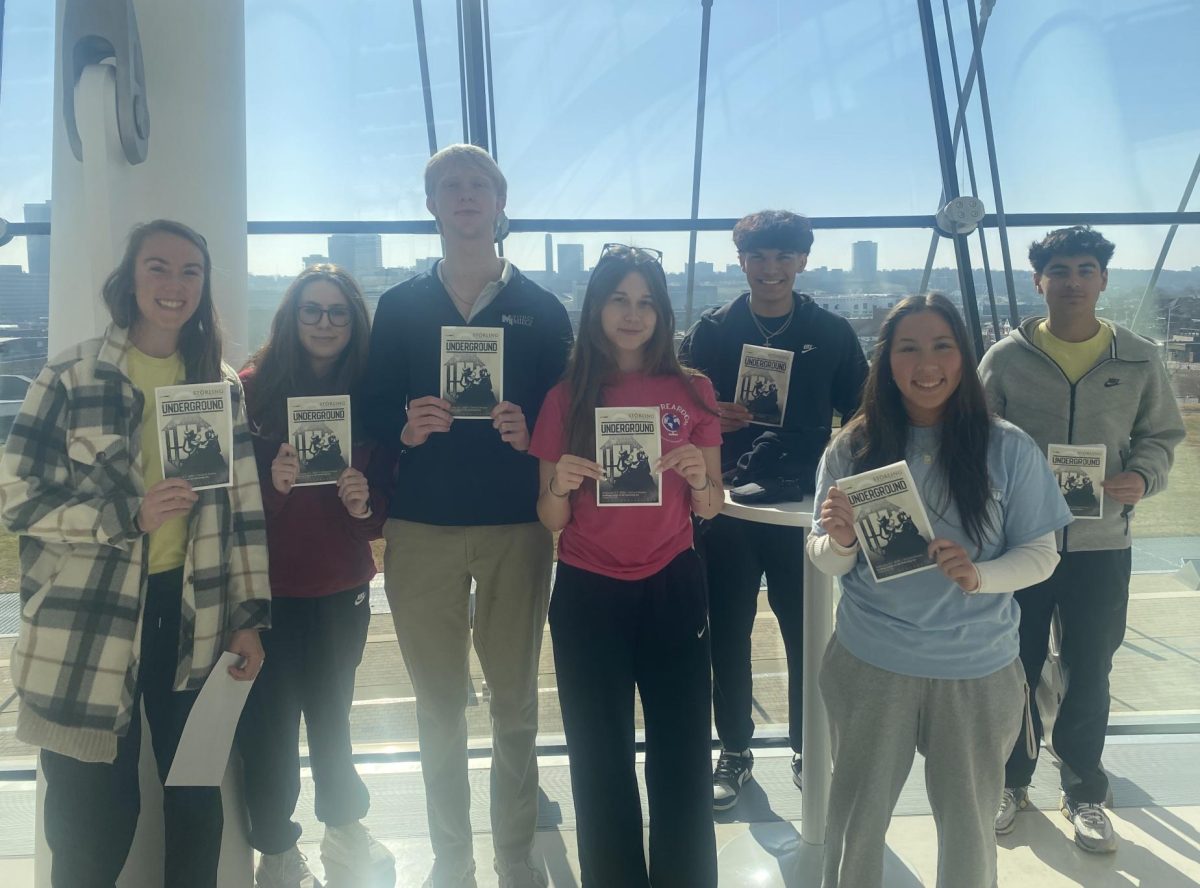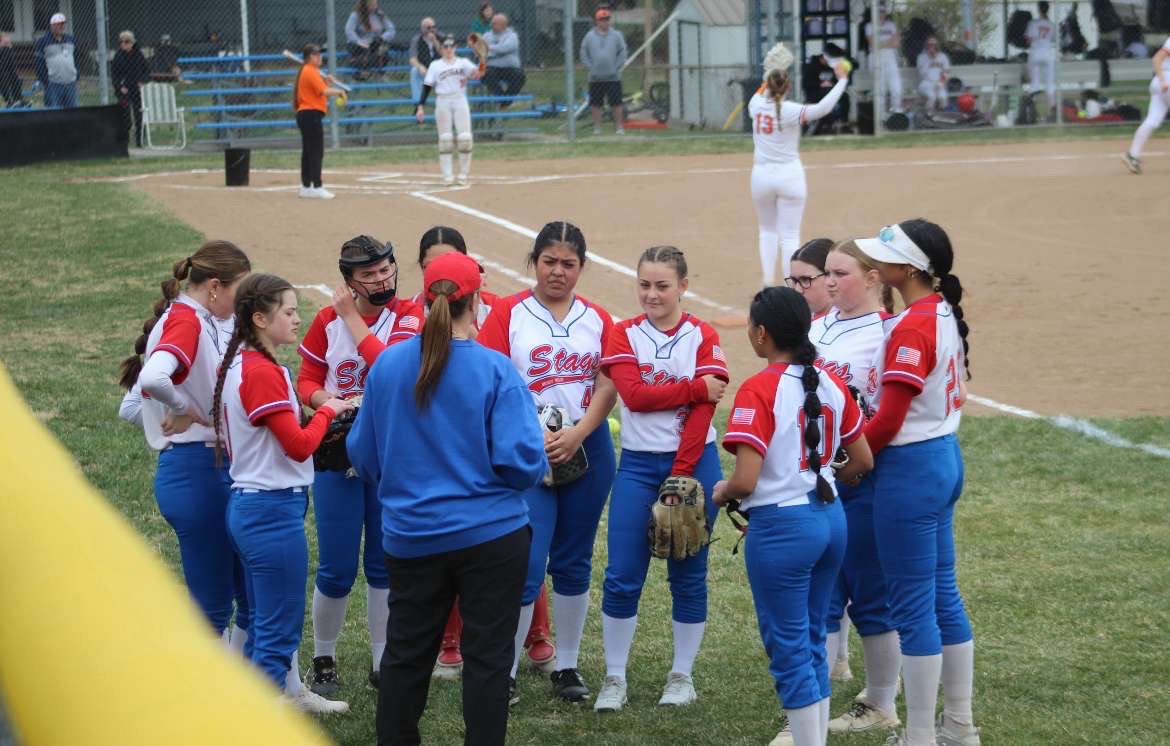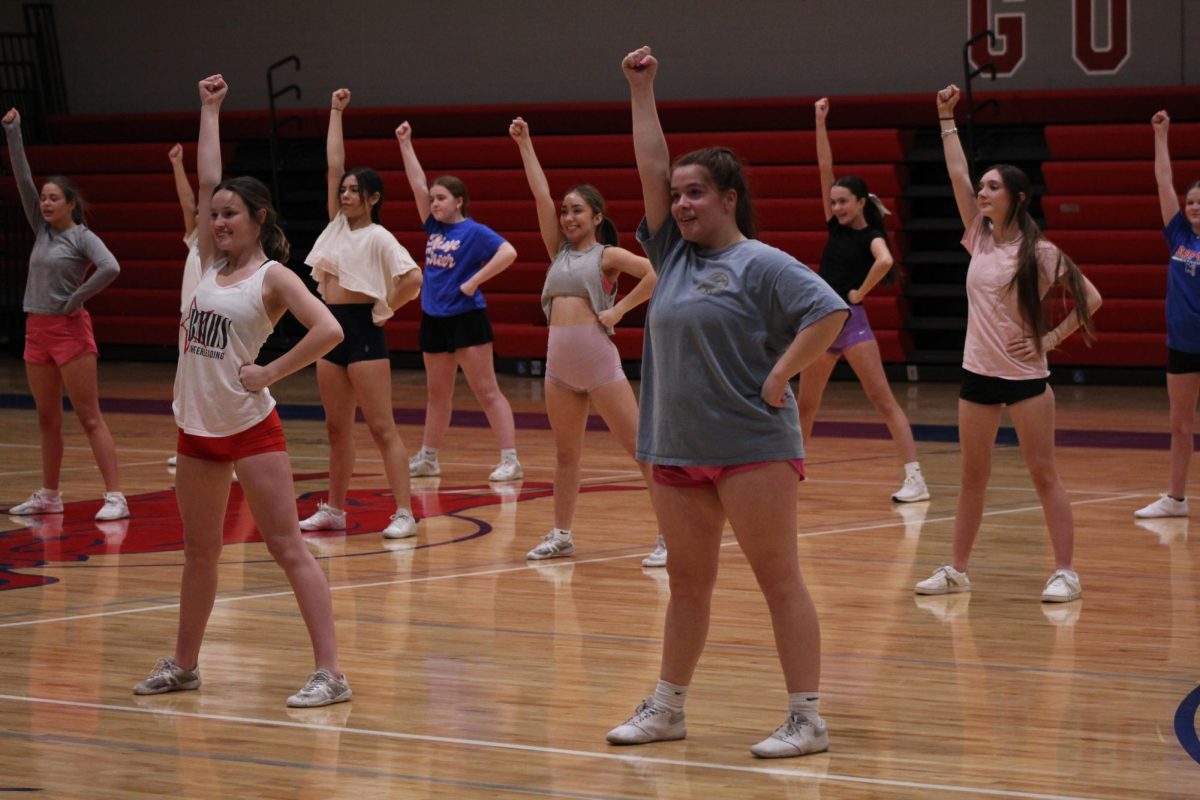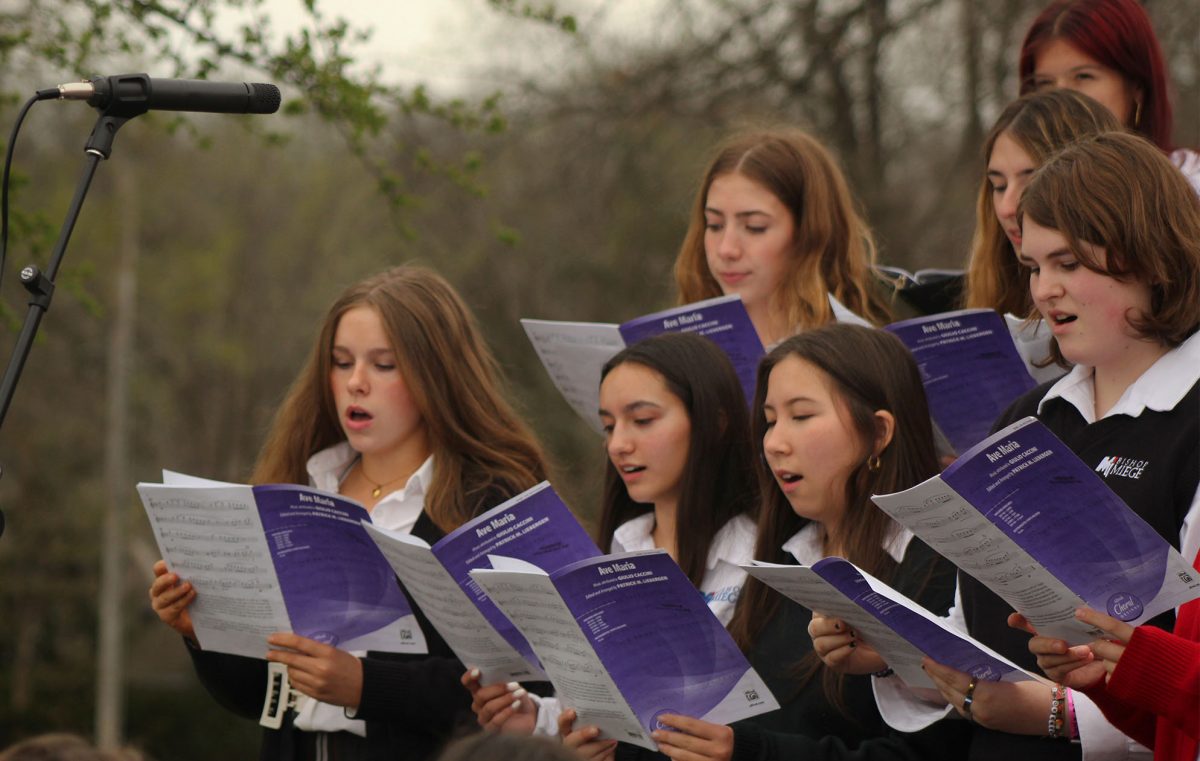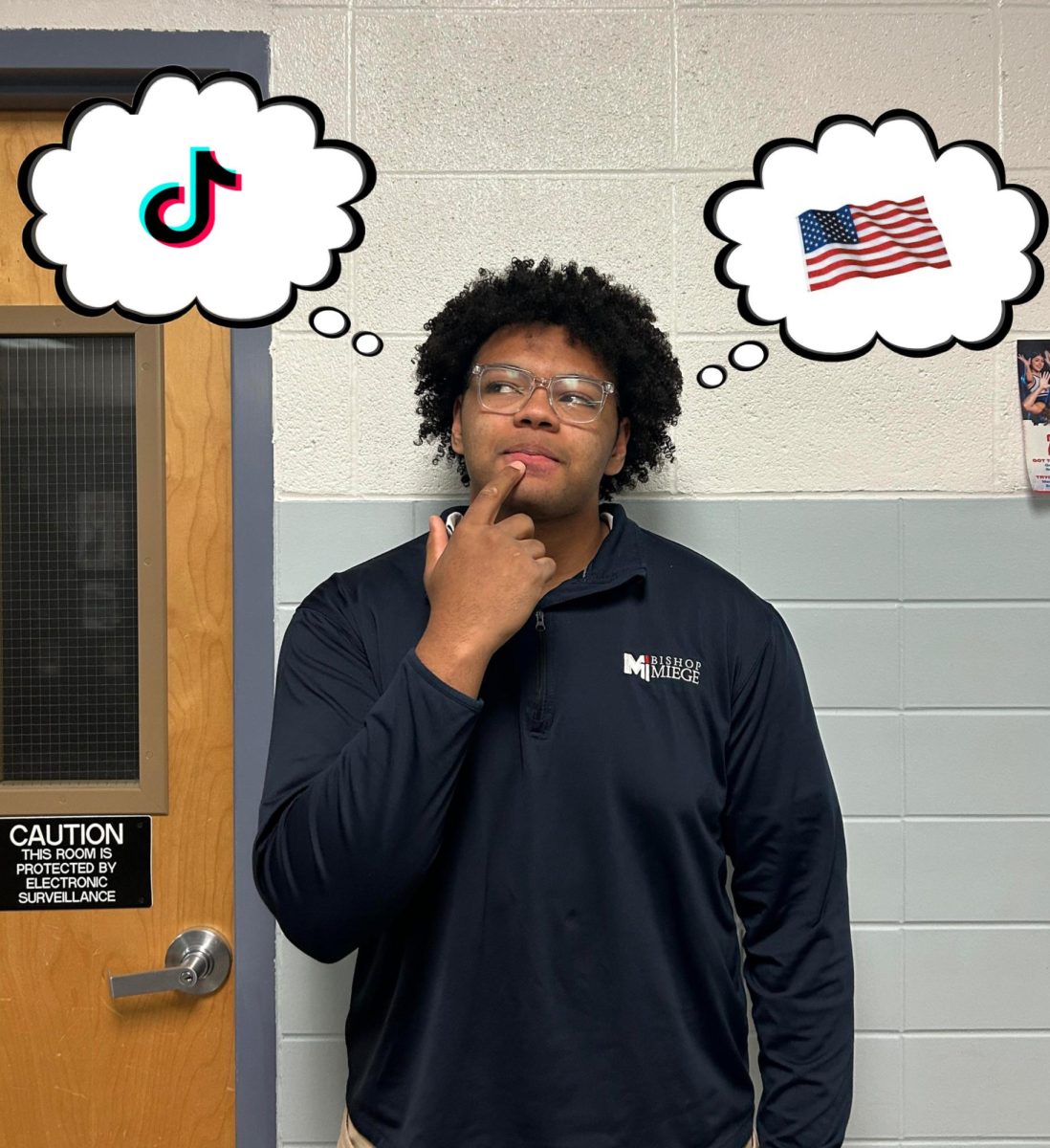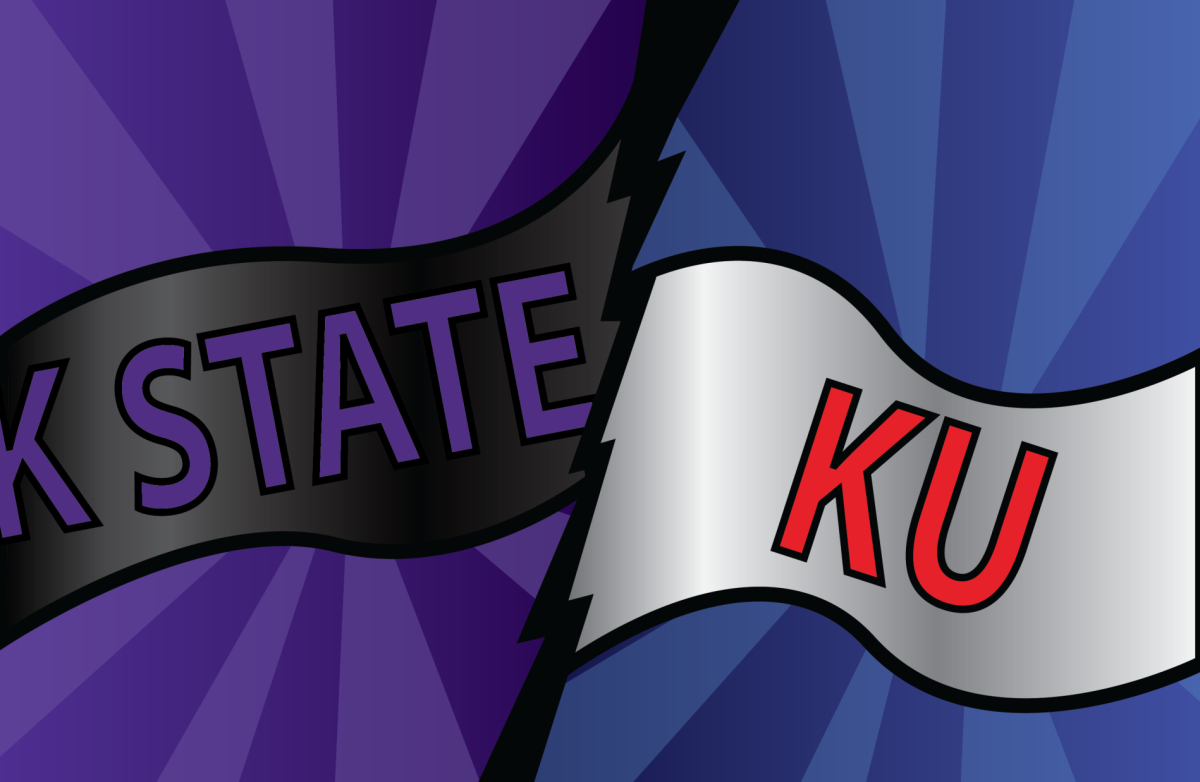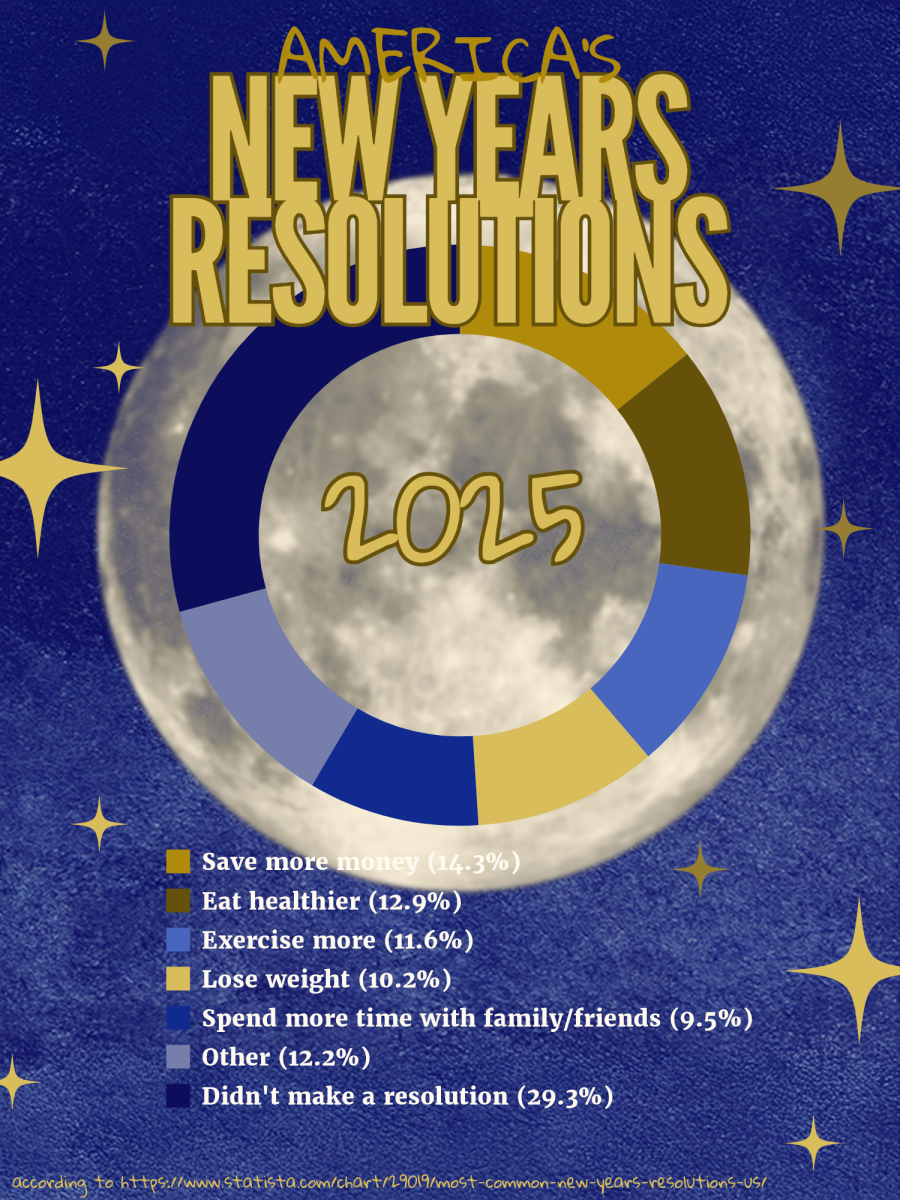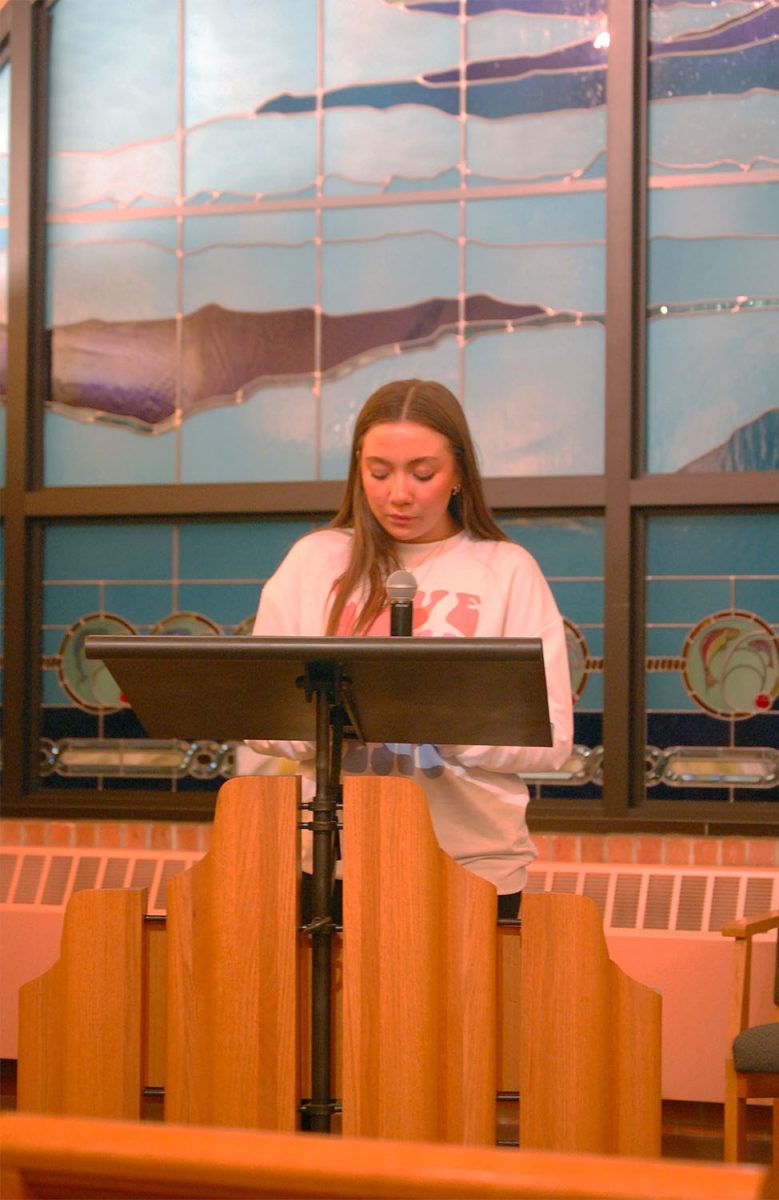The lights dimmed and the dancers entered the stage bringing the story of the Underground Railroad to life for students through the art of ballet.
At the start of Black History Month, the first-year AP African American Studies (APAAS) class saw the ballet “Underground” at the Kauffman Center for Performing Arts. This six-person class had previously completed a unit on the Underground Railroad and learned about different African Americans who fought their way to freedom.
“Since this is the first year AP African American Studies is being taught at Bishop Miege, I am always looking for meaningful learning opportunities outside of the classroom to bring the content of the course to life,” APAAS teacher Maggie Verschelden said. “We spent a lot of time talking about resistance to slavery, and the Underground Railroad was such a huge part of that resistance, so I thought it would be interesting to see some of the stories brought to life.”
Act one began by illustrating the lives of the enslaved people before the Civil War, giving the audience insight into how they were treated and why their escape was so significant. Verschelden expressed that this was not new information for the students as they had learned about figures such as Harriet Tubman in the first semester by reading different essays and spirituals written by Black authors depicting the horrors of American slavery.
“The ballet was a very unique experience because it told a story that I never would have thought could be incorporated into a performance,” junior Robert Pendleton said. “It was culturally significant by showing the developments of slavery and the underground railroad throughout time.”
Taking four years to finish writing, composing, choreographing and designing the sets, it premiered in Kansas City in 2008. Sixteen years later the unique ballet has become an annual performance at the Kauffman Center hosting productions exclusively for students.
“The ballet was visually, musically, and artistically rich,” junior Sophia Nguyen said. “It was incredibly immersive in the story, especially with the actors coming into the audience, and different stories being told through different depths on stage. It had many creative twists, with modern soul and gospel music at some points. I didn’t think ballets did that, so I loved the new takes.”
According to Verschelden, the ballet showcased the atrocities committed by overseers on plantations, brutal family separations and the dangerous quest for freedom enslaved African Americans had to endure. As part of the curriculum, the topics depicted in the ballet allowed the students to dig deeper into the events and ask more questions in class.


